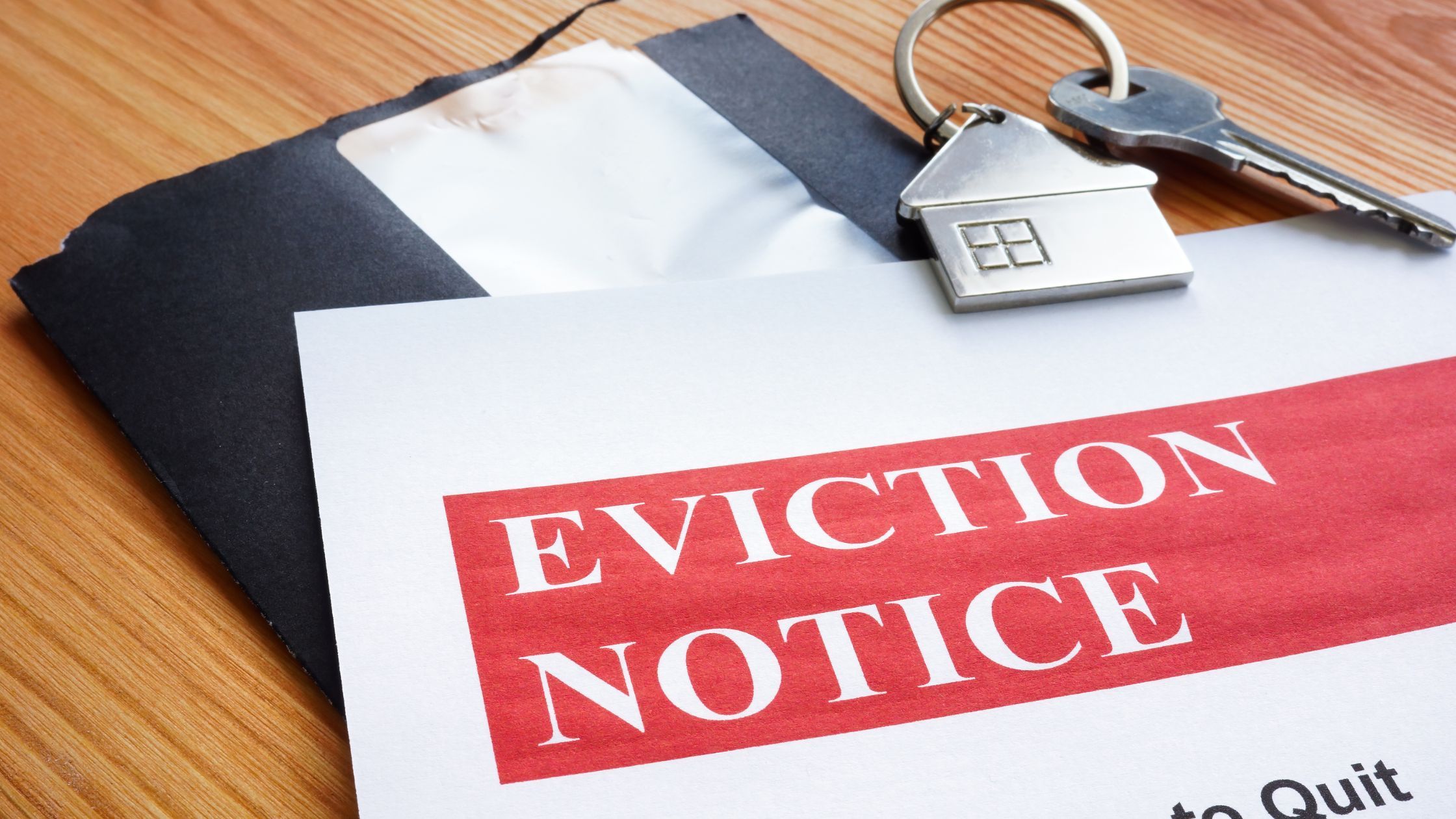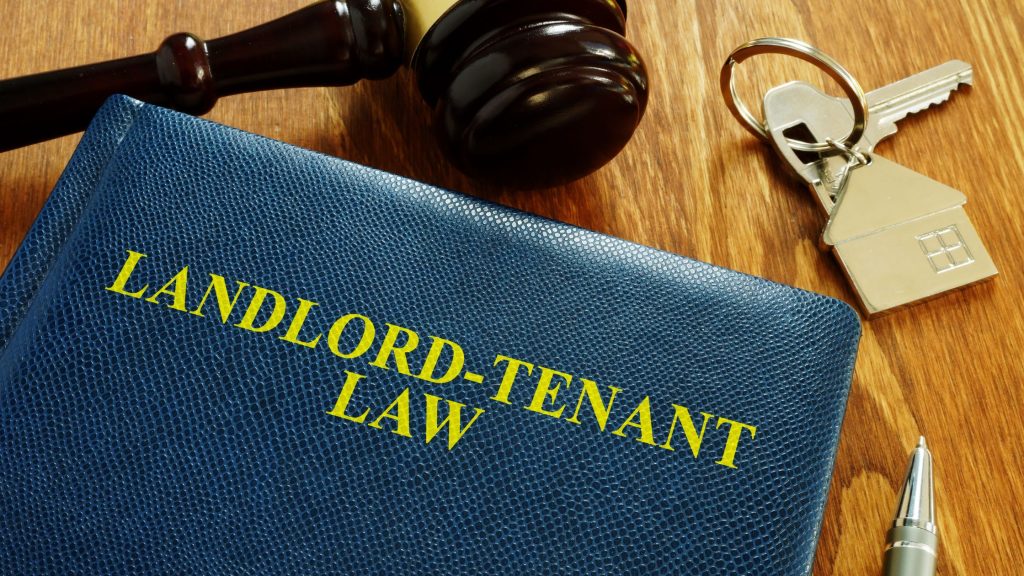
Eviction Help for Landlords: Practical Solutions to Handle Problem Tenants Legally and Effectively
Being a landlord comes with its fair share of challenges—and dealing with problem tenants is one of the toughest. What begins as a promising lease agreement can quickly spiral into frustration when tenants stop paying rent, damage the property, or disregard the terms of their lease. These issues not only disrupt your cash flow but can also put your investment at risk.
Fortunately, eviction doesn’t have to be a chaotic or intimidating process. There are legal and effective strategies landlords can use to handle these difficult situations. By understanding the warning signs, following the eviction process carefully, and exploring alternatives when possible, you can protect your property while minimizing stress. This blog will walk you through practical solutions to navigate eviction with confidence.

1. Recognizing When Eviction Becomes Necessary
Not every tenant problem justifies eviction. Some issues—like noise complaints or minor disputes—can often be solved with a conversation or written warning. However, certain situations cross a threshold where eviction becomes the most practical and lawful course of action.
Common Reasons Landlords Pursue Eviction
Here are the key scenarios where eviction may be necessary:
- Repeated failure to pay rent on time
A one-time late payment may be manageable, but when a tenant continually fails to pay on schedule, it disrupts your financial planning. Consistent late or missed payments often indicate deeper financial instability. - Property damage beyond normal wear and tear
Tenants are expected to leave a property in reasonable condition. Normal wear—like minor carpet stains or small nail holes—is acceptable. However, when tenants cause significant damage, such as broken windows, destroyed appliances, or structural harm, eviction may be justified. - Illegal activities on the property
If tenants are involved in activities such as drug distribution, illegal gambling, or other criminal behavior, eviction is often mandatory. These situations put your property, reputation, and even your legal standing at risk. - Consistent violation of lease terms
Tenants who repeatedly break lease rules, such as keeping unauthorized pets, subletting without permission, or hosting disruptive gatherings, demonstrate a lack of respect for the rental agreement.
Pro Tip: Keep detailed documentation of each issue. Photos, written complaints, repair invoices, and communication logs can all serve as evidence if eviction proceedings go to court.
When Not to Evict
It’s equally important to recognize situations where eviction may not be appropriate. For example:
- Tenants experiencing temporary hardship may just need a short payment extension.
- Small disputes between neighbors may be resolved through mediation.
- Misunderstandings about lease terms can often be clarified with a discussion.
By distinguishing between solvable problems and eviction-worthy issues, landlords can avoid unnecessary stress and preserve tenant relationships where possible.

2. The Legal Eviction Process: Step-by-Step
Once you’ve determined that eviction is the best option, it’s critical to follow the legal process. Skipping steps or making informal arrangements may backfire, leading to costly delays or dismissal of your case. While exact requirements vary by state, most eviction processes follow a similar structure.
Step 1: Review the Lease Agreement
Start by revisiting the lease contract. Identify the specific clause the tenant has violated. Whether it’s non-payment of rent, property damage, or illegal use, having a clear contractual foundation strengthens your case.
Step 2: Provide Written Notice
Before you can file for eviction, most provinces require landlords to give tenants formal notice. This may include:
- Pay or Quit Notice – Gives tenants a set time (often 3–5 days) to pay overdue rent or move out.
- Cure or Quit Notice – Requires tenants to correct lease violations (such as removing an unauthorized pet) within a specified timeframe.
- Unconditional Quit Notice – Demands tenants leave without the option to fix the violation, typically used in cases of severe damage or illegal activity.
Step 3: File an Eviction Lawsuit
If tenants fail to comply with the notice, the next step is to file an eviction lawsuit, also known as an unlawful detainer action. This must be done through your local court system.
Step 4: Attend the Court Hearing
At the hearing, you’ll present your documentation. Bring:
- A copy of the lease agreement
- Payment records
- Written notices
- Photos or evidence of damage
- Any witness statements
The judge will review both sides and issue a decision.
Step 5: Obtain a Writ of Possession
If you win the case, the court will issue a writ of possession, granting you the legal right to take back the property. This document is essential—without it, you cannot legally remove the tenant.
Step 6: Coordinate with Law Enforcement
Only law enforcement officers are authorized to physically remove tenants. Attempting to do so yourself could be considered an illegal “self-help eviction,” which might expose you to lawsuits.
Pro Tip: Never attempt to change locks, shut off utilities, or remove tenant belongings without a court order. These actions are unlawful in most states.
How Long Does the Eviction Process Take?
The timeline can vary significantly depending on your state’s laws, tenant defenses, and court backlog. On average, it may take anywhere from 4 weeks to several months. Planning ahead helps minimize financial disruption during this period.

3. Alternatives to Eviction
While eviction may sometimes be unavoidable, it’s not always the most practical solution. Legal proceedings take time, cost money, and may leave your property vacant longer than expected. In some cases, exploring alternatives can save you both stress and expense.
Payment Plans
If the issue is primarily financial, offering a repayment plan can benefit both parties. For example, instead of demanding a full overdue balance, you might allow tenants to pay an extra portion each month until the debt is cleared. This approach works best for tenants who are willing but temporarily unable to pay.
Mediation Services
Mediation involves bringing in a neutral third party to help resolve disputes. This can be especially useful in cases of lease violations or neighbor conflicts. Mediators help both sides find a compromise without going to court.
Cash-for-Keys Agreements
Sometimes, offering a financial incentive for tenants to move out voluntarily is cheaper than going through eviction. A cash-for-keys agreement involves paying tenants a set amount in exchange for leaving the property in good condition. While it may seem counterintuitive, it can be faster and less costly than legal proceedings.
Lease Termination Negotiation
If both parties agree, you can negotiate an early lease termination. This option may appeal to tenants who no longer wish to stay but are hesitant due to contractual obligations. Drafting a written agreement ensures clarity and protects both parties.
Pro Tip: Always get alternative agreements in writing. A signed document prevents misunderstandings and provides legal protection if disputes arise later.

4. Protecting Yourself as a Landlord
Preventing eviction in the first place is always easier than dealing with one. By setting clear expectations, screening tenants carefully, and staying proactive, you can minimize the likelihood of tenant disputes.
Tenant Screening Best Practices
- Run credit and background checks
- Verify employment and income stability
- Check rental history and references
- Ask detailed questions during the application process
Clear Lease Agreements
A well-drafted lease can prevent many disputes. Ensure it clearly covers:
- Rent amount and due dates
- Late payment policies
- Maintenance responsibilities
- Pet and guest policies
- Grounds for eviction
Regular Communication
Maintaining open communication builds trust and may resolve small issues before they escalate. Simple actions like responding promptly to maintenance requests show tenants you value their tenancy.

Conclusion
Handling problem tenants doesn’t have to be a nightmare. By recognizing when eviction is necessary, following the legal process step by step, and exploring practical alternatives, landlords can protect their investments while minimizing stress. The key is preparation: document everything, know your rights, and don’t cut corners.
If you’re currently dealing with a tenant issue, consult with a qualified attorney or property management expert. Taking proactive, lawful action today ensures your rental property remains secure and profitable tomorrow.



